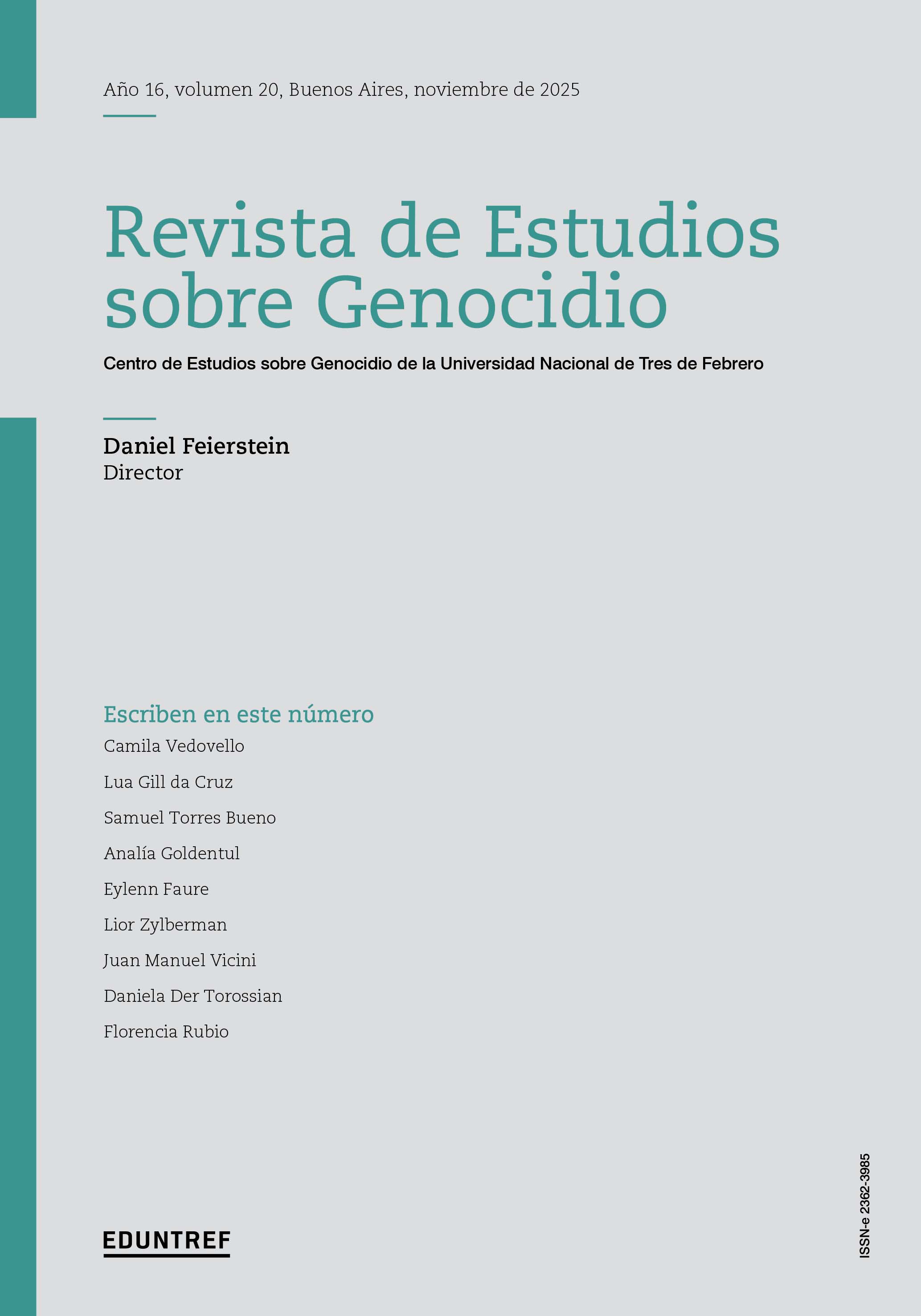Abstract
This article argues that the representations of perpetrators of human rights violations and the concept of responsibility elaborated in the Report of Chile's National Truth and Reconciliation Commission (CNVR) are characterized by their discursive ambiguity and ambivalence regarding the human rights framework, as evidenced by two aspects. First, the way in which perpetrators are represented, obscuring their capacity for action and giving maximum centrality to the role played by the National Intelligence Directorate (DINA); and second, by addressing responsibility predominantly through the use of the concept of "collective responsibility," thus emphasizing the responsibility of Chile and society as a whole regarding the coup d'état and, by extension, regarding the subsequent violence and its persistence over time, while concealing the responsibility of the Armed Forces and other corporate actors

This work is licensed under a Creative Commons Attribution-NonCommercial 4.0 International License.

